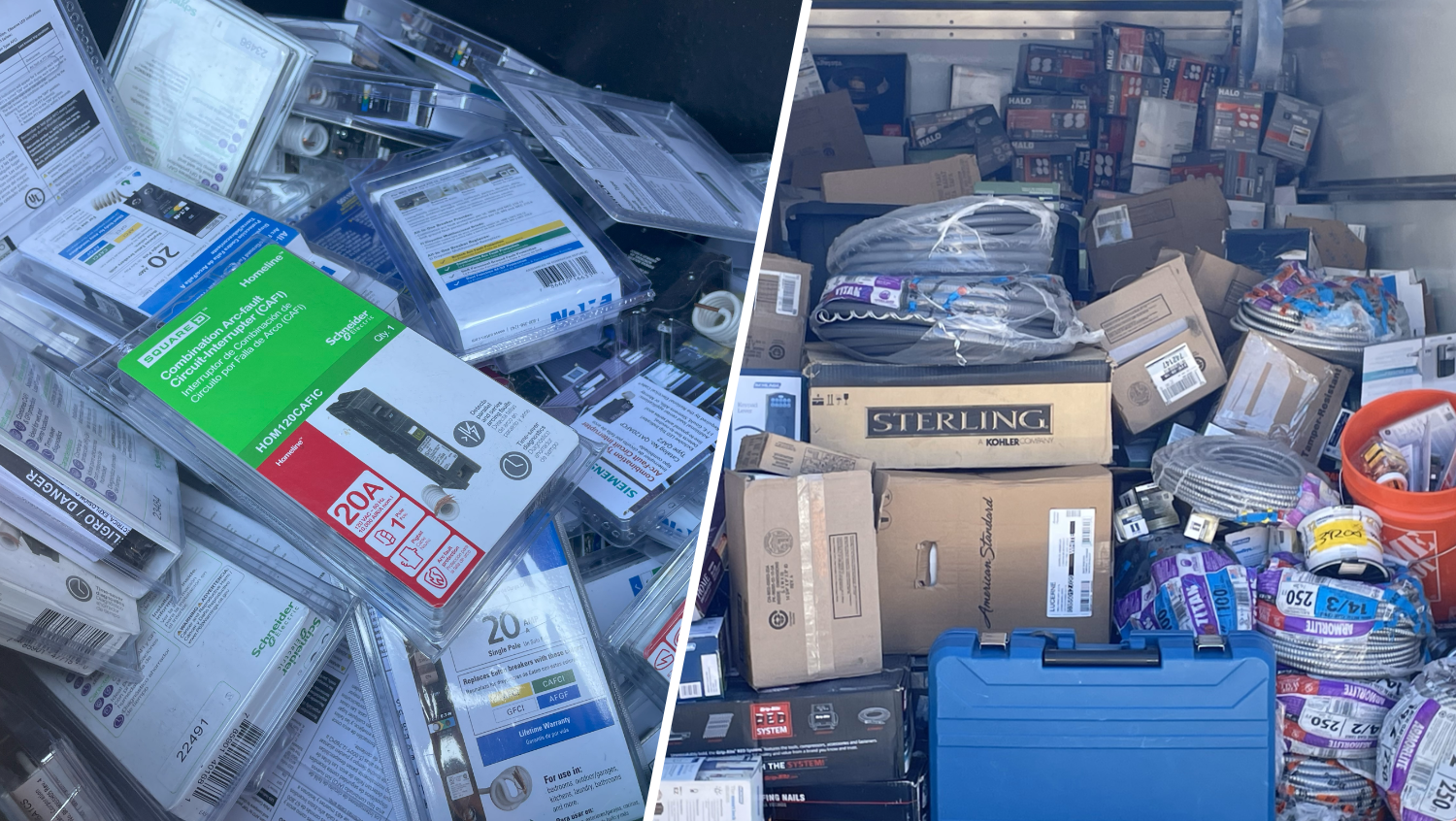A firefighter died last week from falling tree debris after thousands of gallons of retardant were dropped on the area where he was helping battle California's largest-ever wildfire, according to a preliminary report from investigators.
The summary report by California fire officials says Battalion Chief Matthew Burchett was struck by debris on Aug. 13 at the Mendocino Complex Fire. Three other firefighters had minor injuries.
Funeral services for the 42-year-old Burchett were held Monday in his home state of Utah. He is survived by a wife and 7-year-old son.
The two-paragraph summary calls for an immediate corrective action, saying firefighters must remain clear of areas with overhead hazards during a retardant drop.
"Those are just kind of reminders on there, anything that firefighters can do to stay safe," said Jonathan Cox, a spokesman for California's firefighting agency. "We try to be very conscious, anytime a tanker is dropping, about our surroundings."
He and another spokesman, Paul Grenier, said they couldn't provide more details because the investigation is continuing. That includes disclosing the type of aircraft involved, why the four firefighters were underneath, or even if all four firefighters were from the same unit.
See the Size of the Mendocino Fire
With more than 283,000 acres burned, the Mendocino Complex Fire in Northern California is now the biggest-ever in the state. But how big is it, in relation to places you recognize? Use the map below to explore the size of the fire on top of your city, state, or zip code.
Source: US Geological Survey
Credit: Peter Andringa/NBC
Cliff Allen, president of the union representing state wildland firefighters, said he understood investigators were still conducting interviews, but said fire supervisors should have made sure the firefighters were well clear of the drop zone.
"Operations will contact air attack and say 'We want to concentrate drops in this area of the fire,'" he said. "It's the job between air attack and operations to make sure the area is clear of personnel or that it's clearly marked where personnel are on the ground."
.large div.leadMediaRegion {border:none} .large .leadMediaRegion.city_module iframe {height:1020px;}
There also could have been a radio miscommunication or the crew may not have heard or chose to ignore the radio warning, he said, though that's part of what's being investigated.
He cautioned that it's not clear from the preliminary report whether the tree was weakened from the fire or from the retardant drop, or if the firefighters were hit by fire retardant slurry, which is a mixture of water, fertilizer and red dye.
"Anytime you're working in trees, you have trees that are fire weakened, then strong winds or water or retardant drops could potentially cause them to fall and possibly injure folks," he said. "It's often referred to as 'widow makers.'"
Local
Modified DC-10s can drop 12,000 gallons (45,424 liters) of slurry, 12 times the amount carried by the standard smaller air tanker used by the California Department of Forestry and Fire Protection. It can lay a swath of fire retardant as wide as a football field for as long as a mile.
CalFire says the modified 747 can drop 24,000 gallons, double that of the DC-10. It uses a system that can release the slurry under pressure or as gently as falling rain from an altitude as low as 400 feet (122 meters).
Lead planes guide in the huge aircraft, showing them where to go and when to start and stop slurry drops.



